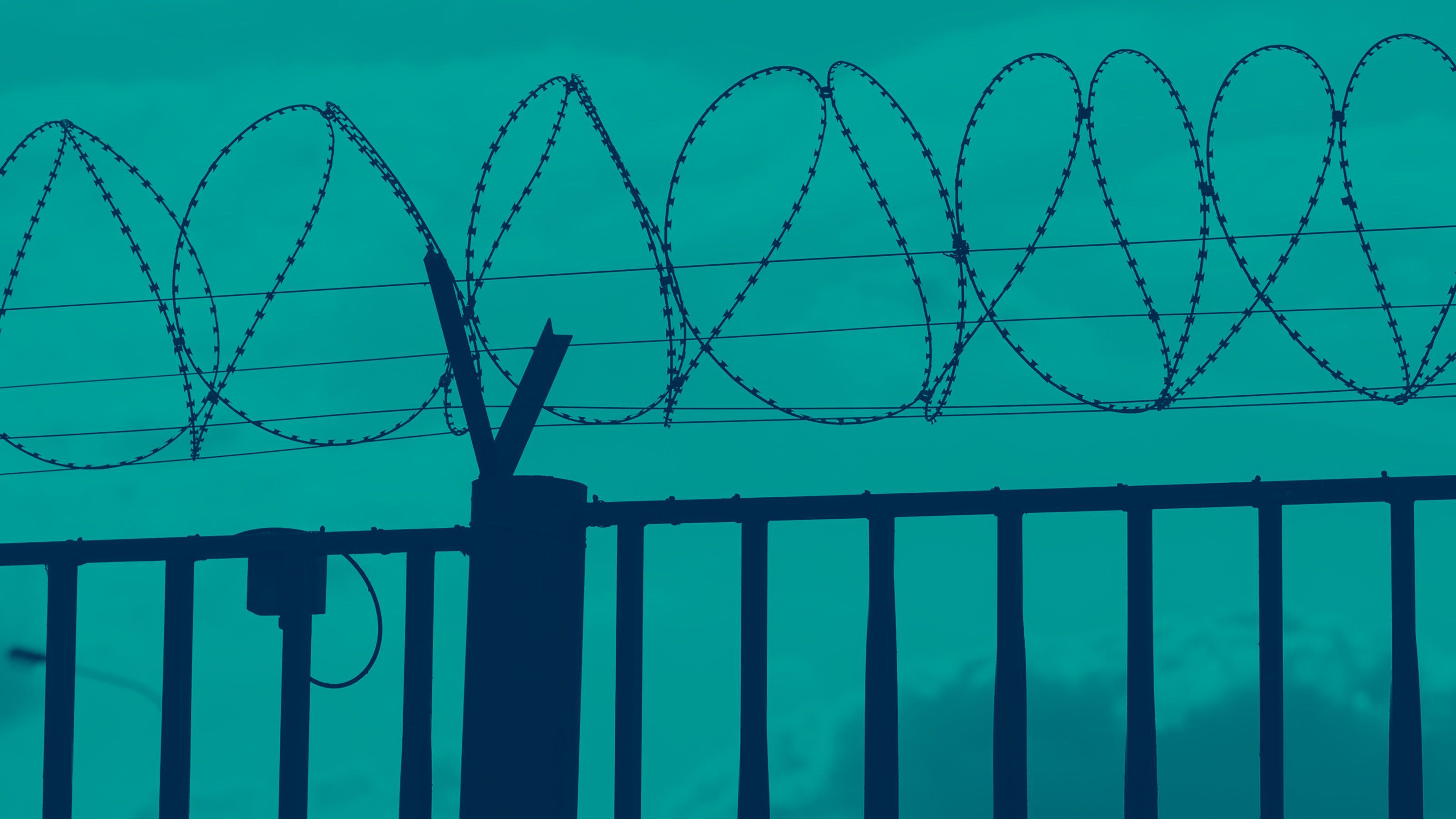Registration
You will receive an email confirming your registration.
The Security Studies Seminar is a monthly seminar series that aims to comprehensively discuss a new piece of academic research on matters pertaining to Indian and international security, with the author.
Since the Cold War, the U.S. relationship with India and China has been intertwined. In Fateful Triangle: How China Shaped U.S.-India Relations during the Cold War, Tanvi Madan draws on documents from India and the United States, to show that American and Indian perceptions of and policy toward China significantly shaped U.S.-India relations in three crucial decades, from 1949 to 1979. The arguments laid out in this work have implications for whether the United States and India can, or should, develop even closer ties to balance China’s desire to be the dominant power in the broader Asian region.
Carnegie India hosted Tanvi Madan, senior fellow in the Project on International Order and Strategy in the Foreign Policy program and director of The India Project at the Brookings Institution in Washington, DC, as she explored India’s foreign policy, focusing in particular on India's relations with China and the United States. The discussion was moderated by Srinath Raghavan.
Discussion Highlights
- Contribution to the Field: Participants discussed that the book covers a relatively unexplored and nuanced theme of China’s impact on India-U.S. relations during the Cold War. They noted that even though China’s impact on contemporary Indian foreign policy has been excessively analyzed, its historical significance, especially during the Cold War, has been overlooked. Through archival work and research spanning a vast time frame, the book makes a crucial contribution to the historiography of Indian foreign policy and India’s global emergence, they stated. Participants further added that as a result, the book uncovers essential elements of Indian foreign policy. They highlighted that the main argument of the book is centered around the notion that Indian and American perceptions of China and their subsequent policies toward China shaped and influenced India-U.S. ties during the Cold War.
- India-U.S. relations from 1949-1956: As set in the book, participants described four distinct phases of India-US ties during the Cold War, ranging from 1949-1956, 1956-1962, 1963-1968, and 1969-1979. They stated that phase one was characterized by divergence. Participants explained that both sides had contrasting views on the threat China posed, the urgency of responding to this, and the nature of this response. Participants highlighted that while the United States wanted to contain communist China, India wanted to engage with China, believing that China did not pose a traditional security threat, especially in the short term.
- India-U.S. relations from 1956-1962: Participants described phase two from 1956-1962 as a period of convergence. They illustrated that when Nehru travelled to the United States in 1956, there was a general consensus between Indian and American views on China and the world. Between 1956 and1962, India’s concerns about China multiplied as a result of China’s exploits in Tibet and growing interactions with India’s neighbours, participants highlighted. They also noted that this U.S.-India convergence on China not only redeveloped relations between the two democracies, but also realigned them in a sense. Participants added that the 1962 Sino-Indian war catalyzed for military aid from the U.S. to India.
- India-U.S. relations from 1963-1968: Participants categorize the next phase from 1963-1968 as one of disillusionment. They noted that India and the United States once again developed contrasting views on how to deal with China. Participants added that the United States felt that India was overspending on defense and not prioritising economic development. Participants explained that differences also emerged between the Indian and U.S. perceptions of Pakistan during this period. Further, participants illustrated that India’s diversification of partners, especially military agreements with the USSR, hampered India-U.S. ties. By 1968, disillusionment set in the United States with regard to India and mutual hope fell drastically, they stated.
- India-U.S. relations from 1969-1979: Participants categorized the phase from 1969-1979 of India-U.S. relationship as one of disengagement. They emphasized that during this phase, the United States no longer viewed China as a threat. As a result of rapprochement between the two states, India’s significance for the United States declined, participants stated. Instead, participants noted, the United States starts viewing India as a hindrance toward this rapprochement, especially in light of the 1971 war between India and Pakistan. Further, they underscored that from 1973-1979, India does not really matter to the United States. The drivers of the bilateral relationship – economic and strategic – have all subsided, they stated.
- Significance of the Cold War for India: Participants analyzed that contrary to popular perceptions, India was not a passive actor in the Cold War. They noted that India’s significance increased during the war as Indian policy makers adeptly used the war to benefit the country. Participants stated that the Cold War also highlighted the centrality of non-alignment or diversification of Indian foreign policy, a consistent theme through time.
This event summary was prepared by Suchet Vir Singh, a research intern at Carnegie India.
